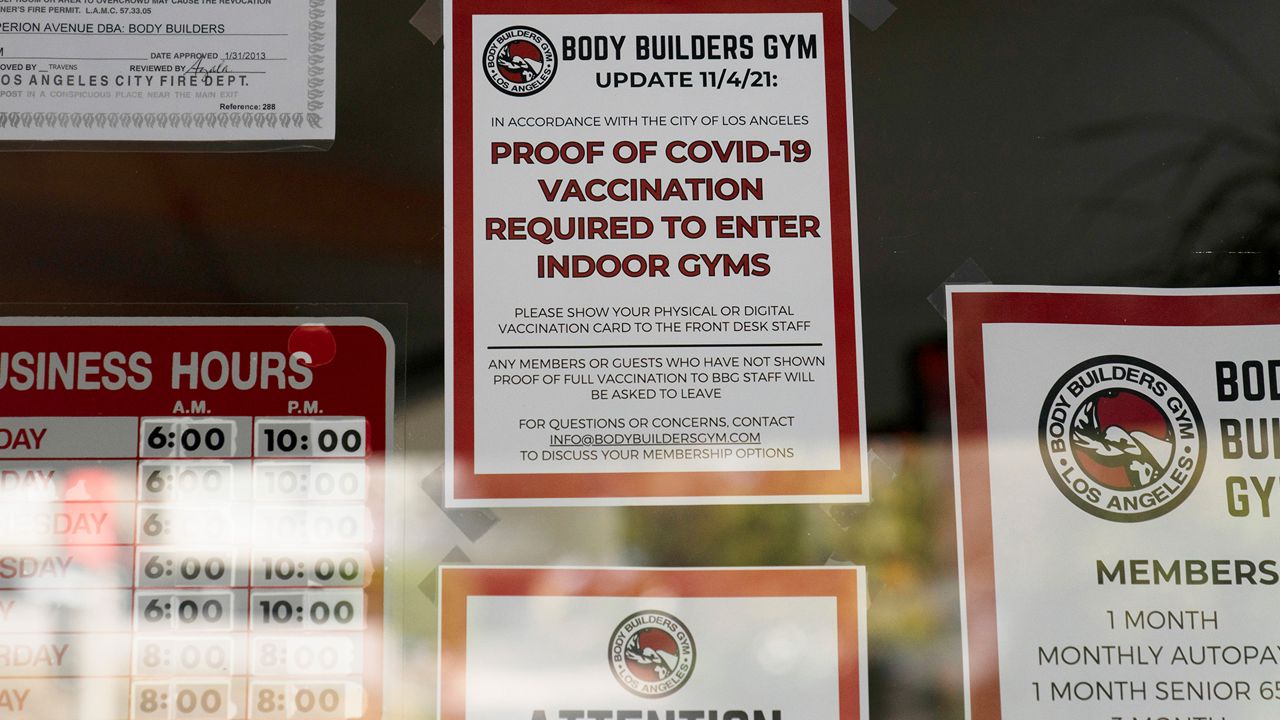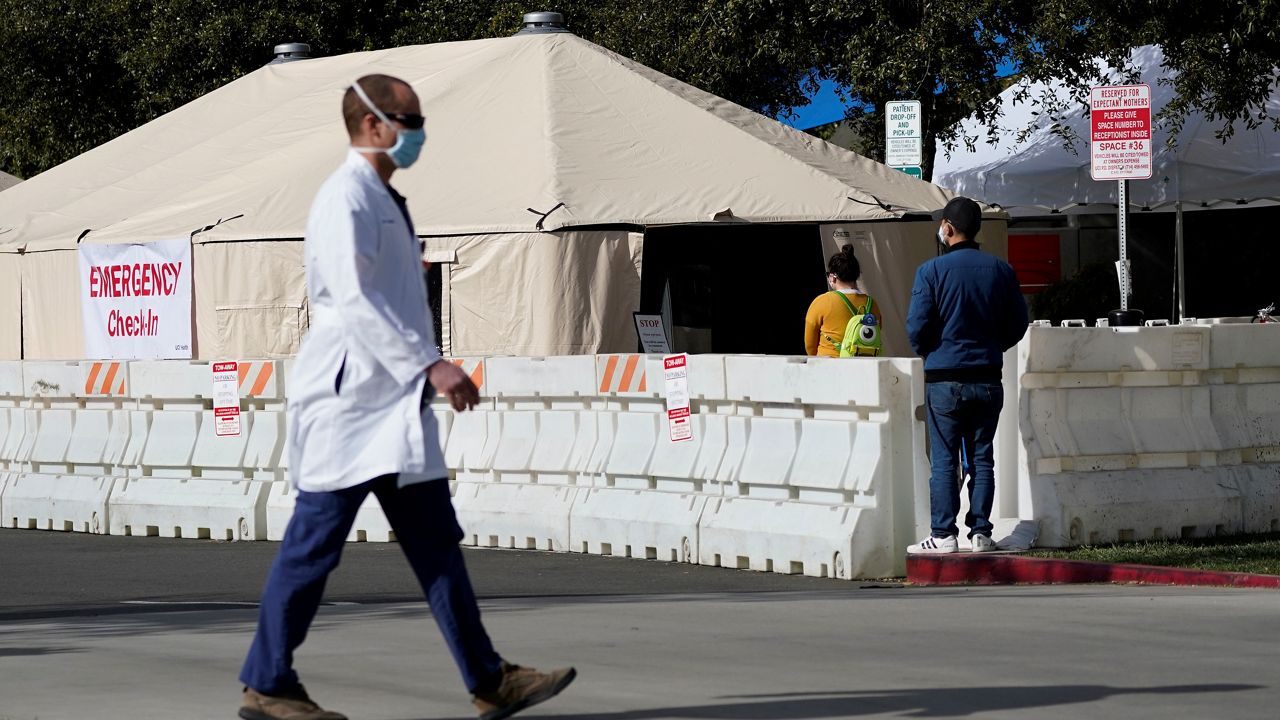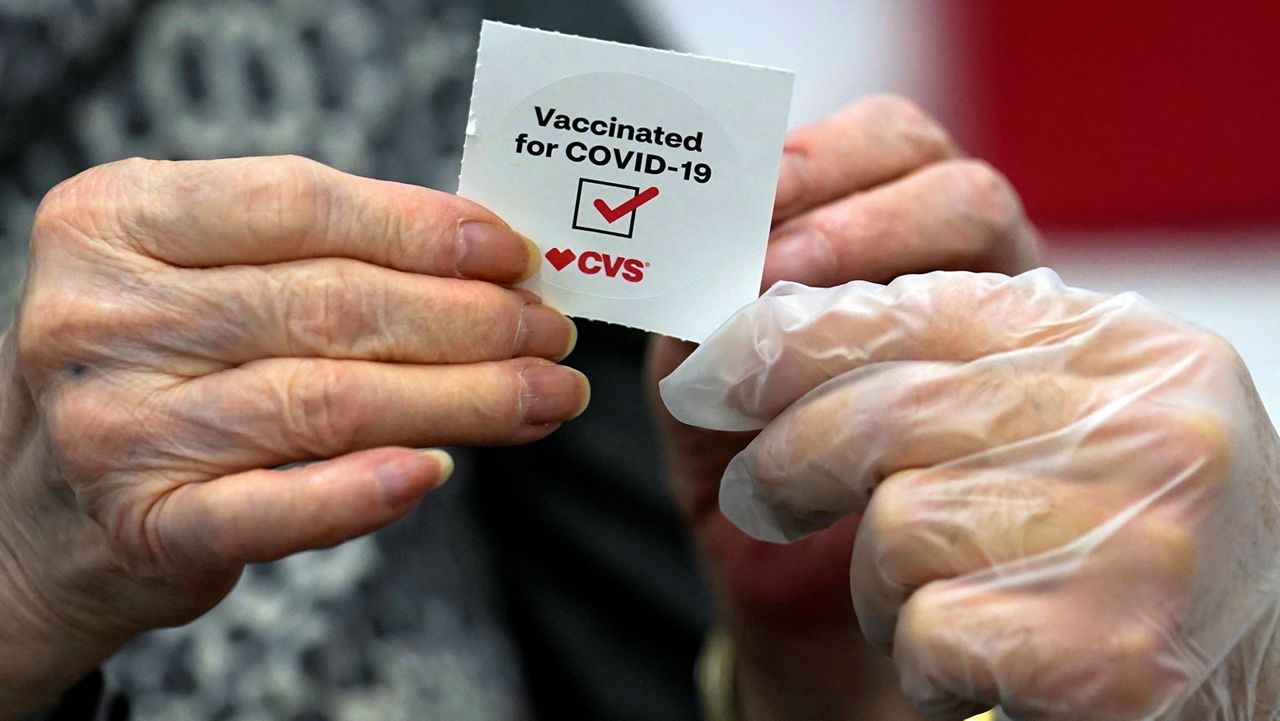SANTA ANA (CNS) — Orange County officials were told Friday by the state that it can move up to the less-restrictive red tier, allowing for bigger crowds in retail stores and the reopening of museums and indoor dining of restaurants by Sunday.
What You Need To Know
- The county was planning to move up to the red tier by Wednesday
- Since the state met its goal of inoculating two million Californians in underprivileged communities where coronavirus has spread more widely, Orange County could reopen more business and institutions earlier
- The red tier allows for many more businesses and organizations to reopen
- Wineries, breweries and distilleries can reopen for outdoor business only
The county was planning to move up to the red tier by Wednesday, but since the state met its goal of inoculating two million Californians in underprivileged communities where coronavirus has spread more widely that meant Orange County could reopen more business and institutions earlier. The state allowed for higher case rates to move up from the most strict tier of purple to red, and Orange County had more than two weeks of credit for meeting that standard.
Under the previous standards, Orange County would have qualified for the red tier by Wednesday, St. Patrick's Day.
On Tuesday, when the state updated its weekly numbers in the tiers network, the county's test positivity rate improved to 3.2% from 3.9% last Tuesday, and the adjusted case rate per 100,000 people on a seven-day average with a seven-day lag improved from 7.6 to 6. The county's Health Equity Quartile rate, which measures positivity in hotspots in disadvantaged communities, improved from 4.9% last week to 4.1%.
Under the previous standards, the county was in the red tier with case rates per 100,000 and in the orange tier for the positivity rates.
The red tier allows for many more businesses and organizations to reopen. For instance, retail stores could allow for half capacity instead of 25%, and museums, zoos and aquariums could reopen for indoor activities at 25% capacity, as could movie theaters, gyms and restaurants.
Wineries, breweries and distilleries can reopen for outdoor business only.
The county Friday reported 172 more coronavirus cases, raising the cumulative to 248,389.
The county also reported 29 more COVID-19 fatalities, but those are often delayed for a variety of reasons. One of the deaths reported Friday occurred Christmas Eve, for example.
The county's death toll stands at 4,408.
Hospitalizations continued to decline, with the Orange County Health Care Agency reporting 245 COVID-19 patients, down from 252 on Thursday, and 74 in intensive care, up from 67.
Of the deaths reported Friday, six were skilled nursing facility residents and one was an assisted living facility resident, raising the death toll among those groups to 1,017 and 490 respectively.
The fatalities logged Friday upped the death toll for January, the deadliest during the pandemic, to 1,391. The death toll for February is at 411, and the death toll for December is 903. There have been no deaths logged for March yet.
The county also reported 13,096 tests, raising the cumulative total to 3,161,601.
A source said the state's database to report vaccine distribution has been down and won't be operational until next week, but Darrel Ng, a spokesman for the state department of health, said that was inaccurate and added, "We have been working through some data latency, but the database itself is up and we are reporting doses daily."
Orange County CEO Frank Kim said Thursday that despite the good news on COVID-19 trends residents should not "let our guard down" and to continue to follow all of the public health protocols.
"We don't want to see a repeat of what we saw over the holiday season," Kim said. "We need to reopen. That's good, but we're urging caution."
Kim was also encouraged that Congress has approved the $1.9 trillion stimulus because it will provide much-needed funding to help pay for a $200 million budget hole created by COVID-19-related expenses. Some of those expenses will be covered by the Federal Emergency management Agency, but the stimulus can cover the rest and also help defray expenses from future booster- shot campaigns and other expenses over the next few years, Kim said.
Kim said officials estimate the county could receive nearly $616 million and cities in the county that receive CDBG funding could receive about $715 million.
"Now I don't have to worry whether I'll have FEMA support for booster shots for next year or the year after," Kim said. "We'll sit down and figure out how to appropriately budget this money over a multi-year period of time. The intent is to make sure it's available to ride out Covid for the next couple of years."
The federal funding will get specific directions on what it can use the money for, but since the county has been dipping into its general and rainy day funds to pay for testing and vaccine distribution, now this stimulus will at least indirectly help the county consider significant service cuts and layoffs, Kim said.










